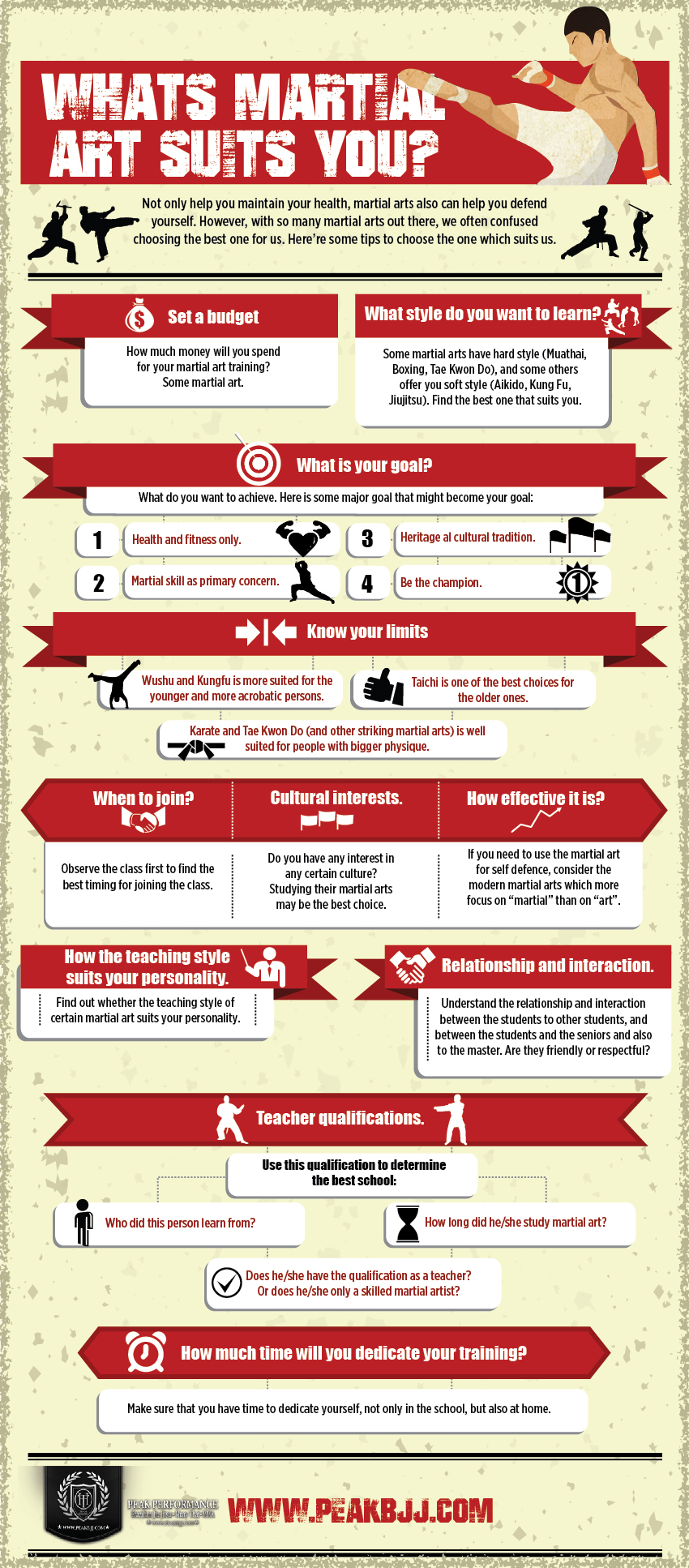Checking Out The Historical Background And Techniques Of Martial Arts Weaponry Method
Checking Out The Historical Background And Techniques Of Martial Arts Weaponry Method
Blog Article
Web Content Composed By-Noble Brinch
Discover the ancient origins of martial arts tools training, shaping fight strategies and technique. karate for adults like Egypt and China developed their abilities with various tools like bows, personnels, swords, and nunchaku. Passed down with https://self-defense-knife-woman35555.ttblogs.com/6012661/raise-your-abilities-the-advantages-of-joining-in-a-martial-arts-academy , traditional tools such as katana, nunchaku, bo staff, and sai provide one-of-a-kind characteristics and strategies. Modern tool training incorporates conventional principles with modern techniques, concentrating on rate, precision, and flexibility. Enhance your combat skills by finding out about the abundant background and varied methods of martial arts weapons.
Ancient Beginnings of Defense Training
Exploring the ancient origins of tools training exposes the foundational principles that have actually formed martial arts practices for centuries. In ancient civilizations, tools training wasn't only a way of combat but also a way to infuse discipline, honor, and regard. The earliest kinds of weapons training can be mapped back to ancient Egypt, where soldiers were trained in the art of archery and spear fight. what is martial arts essay were crucial for safeguarding the kingdom and guaranteeing its success.
As human beings developed, so did the methods and tools utilized in training. In ancient China, martial arts experts developed their skills with weapons like the personnel, sword, and nunchaku. These tools weren't just tools for self-defense however additionally signs of stamina and mastery. simply click the following webpage were given from generation to generation, protecting the conventional strategies and viewpoints.
With the research study of ancient tools training, contemporary martial artists obtain a deeper understanding of the technique and devotion needed to master these skills. By recognizing the legacy of old warriors, specialists continue to promote the ageless principles of martial arts.
Typical Martial Arts Weapons
The advancement of martial arts weaponry from old human beings to modern-day practice highlights the long-lasting significance of traditional tools in battle training. Standard martial arts weapons consists of a large array of devices such as the katana, nunchaku, bo staff, and sai. These weapons have been given via generations, each with its unique characteristics and strategies.
The katana, a standard Japanese sword, is known for its intensity and precision in strikes. Nunchaku, including 2 sticks linked by a chain or rope, call for experienced dealing with for effective battle. The bo staff, a lengthy stick generally made from timber, is versatile in both strike and protection maneuvers. The sai, a three-pronged metal weapon, is adept at trapping and obstructing challengers' strikes.
Training with these conventional tools not just develops physical combat skills yet additionally grows technique and emphasis. By understanding the strategies of traditional martial arts weaponry, experts can symbolize the rich history and culture of martial arts while enhancing their fight effectiveness.
Strategies for Modern Tool Training
Modern tool training techniques emphasize versatility and performance in fight scenarios, blending conventional concepts with contemporary methods for optimum performance. To master contemporary weapon training, focus on improving your speed, accuracy, and convenience. Exercising with tools like knives, batons, and firearms requires grasping techniques that prioritize speedy strikes and precise protective maneuvers.
Maneuvering plays an essential role in modern-day tool training, allowing you to maintain appropriate distance from your challenger and promptly change between offensive and protective stances. By integrating liquid movements and quick maneuvering drills into your training regimen, you can efficiently evade assaults and launch counterblows with accuracy.
Furthermore, contemporary tool training stresses the significance of situational recognition and calculated thinking. Understanding exactly how to assess threats, recognize vulnerabilities, and exploit openings in your opponent's defense is necessary for success in battle circumstances. By sharpening your analytical abilities and developing a tactical frame of mind, you can defeat foes and emerge successful in challenging circumstances.
Conclusion
So there you have it! You've learned about the ancient beginnings of tools training, checked out conventional martial arts weaponry, and discovered techniques for modern-day weapon training.
Currently head out there and practice what you've learned, and come to be a master of martial arts weapons! Keep in mind, the opportunities are endless, and with devotion and practice, you can become a weapon-wielding ninja in a snap!
